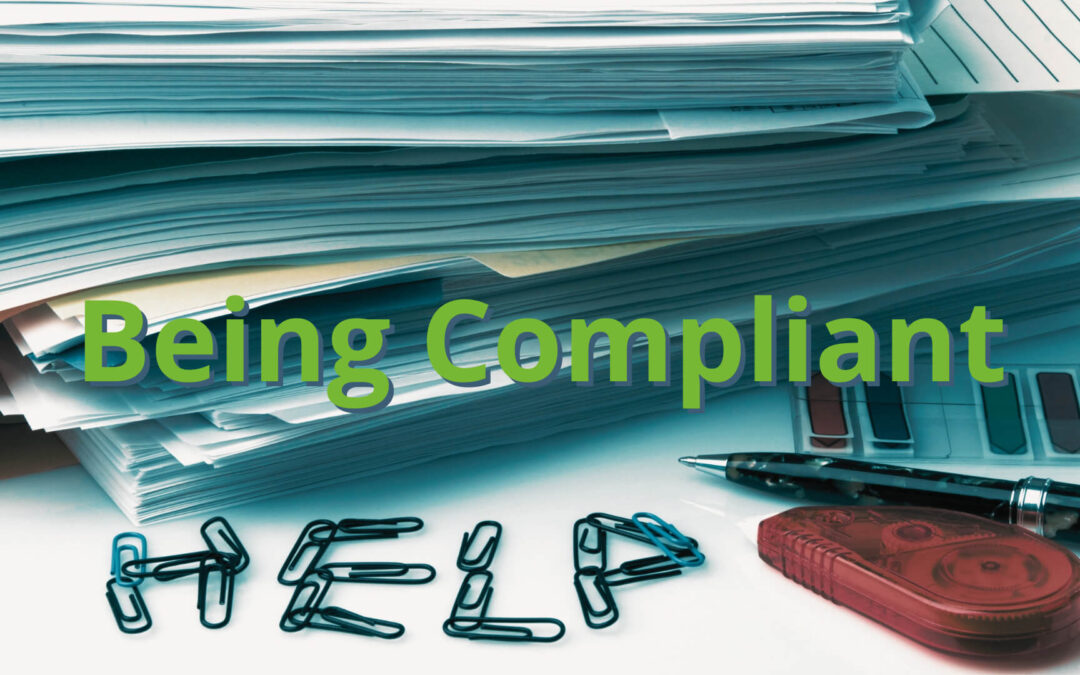

No Results Found
The page you requested could not be found. Try refining your search, or use the navigation above to locate the post.
Smaller businesses have already been embracing some of the quick wins such as dematerialisation through e-billing instead of paper billing, teleconferencing instead of travelling to meetings and e-media instead of producing CDs or newspapers. These are just a few of the relatively simple switches that are already having some effect.
Such changes not only help us work more sustainably for the good of the world, but they also help us all work more efficiently, improve communication channels and help us all do better, faster business. Snail mail no longer needs to be relied upon for bills to get paid or for goods to arrive and our staff can work from anywhere, at any time while remaining in touch through virtual offices. The result is a greener, more sustainable, and efficient business model that will undoubtedly have a positive impact on profitability.
Cloud computing, the principle of outsourcing programmes and functions of your existing IT set up to an online service provider may not be able to save the world, but it will help us preserve it. Sharing storage capacity with others in this way is good for business as well as being good for the planet, as is enabling smaller devices, either mobile or virtual to handle large volumes of data which helps to reduce the amount of physical kit you need in your comms room or data centre. Conducting business remotely by embracing collaboration technology makes the world a much smaller place where travelling, whether by road, rail or air is not necessary. Such digital sharing is good for the climate and good for small businesses looking to work more economically as well as efficiently and, quite frankly, a vital way to keep things moving during more testing times, as we have seen being played out during the recent global health pandemic.
All sounds good, doesn’t it? Bringing digital prowess and sustainable eco-friendly practices together should be at the forefront of strategic thinking for any business, SMBs included, to differentiate yourself from the competition and gain long-term viability among customers, regulators, and the communities in which you operate. In fact, soon it may even be essential.
But how many of you are now thinking ‘our IT systems are not modern enough to implement such changes and switching up is beyond our capabilities at this time. We don’t have the funds or the know-how’? These are valid concerns, particularly for SMBs who often have a limited and pre-set IT budget to work with, alongside limited resources and the necessary knowledge to implement changes, all of which results in them ‘making do’ with equipment and systems that are outdated and slowing them down. Sustainability must therefore be put on the back burner or left to the big guns, while smaller businesses carry on as best they can regardless, right? But such a defeatist attitude simply fuels the problem; adopting a ‘we’re all in this together’ stance is much better for your business whatever its size and will give you peace of mind that when you are looking to progress, you will be able to.
CE Global has the people, experience, and vendor partners on hand to help get small businesses up and running on the digital cloud and then to support them. This helps businesses operate within the cloud with low networking costs but faster adaptability, so as the world changes and sustainable working methods develop you can be part of the solution, rather than adding to the problem. We work with top vendors who offer the latest technology on Data Centre Infrastructure Management (DCIM) and can advise on sustainable and cost reducing solutions on UPS, power distribution and cooling.
New technologies, market trends and new legislation are driving changes in behaviour. We all have a responsibility to think more about how we procure, consume, and manage IT and about how we can contribute more as individuals and businesses to reducing our carbon footprint. If we can be responsible and proactive as well as releasing cost savings through energy reduction, IT asset recycling and various procurement incentives offered by partners and vendors then it is surely a win-win for both business and the environment.
By looking at the bigger picture and working closely with an eco-conscious service partner, SMBs can realise they can easily and affordably make changes that will support the Green IT agenda. Companies that implement sustainability policies indicate a forward thinking and socially responsible business which sets you apart from your competitors and it will help you drive down costs through realising significant operational efficiencies.
Incorporating sustainability into your business strategy does not have to mean installing solar panels on your office roof or trying to harness wind power to run all your systems. It is about opening your mind to the opportunities and technologies that exist in this space and the numerous advantages that can be leveraged. Rather than focusing doggedly on each quarter’s IT budget, SMBs are starting to realise that acquiring and applying digital technologies that support the sustainability message is not only entirely possible but also quite affordable. Put simply, the question small businesses should be asking themselves is not ‘can we afford to make the shift to greener IT solutions?’ but rather ‘but can afford not to?’

